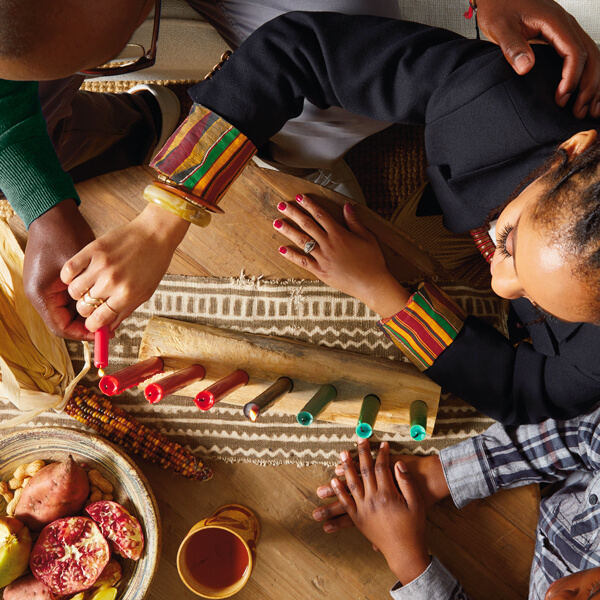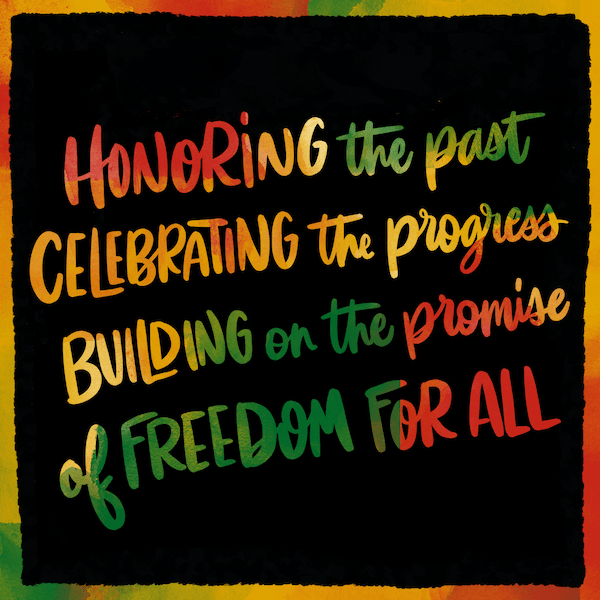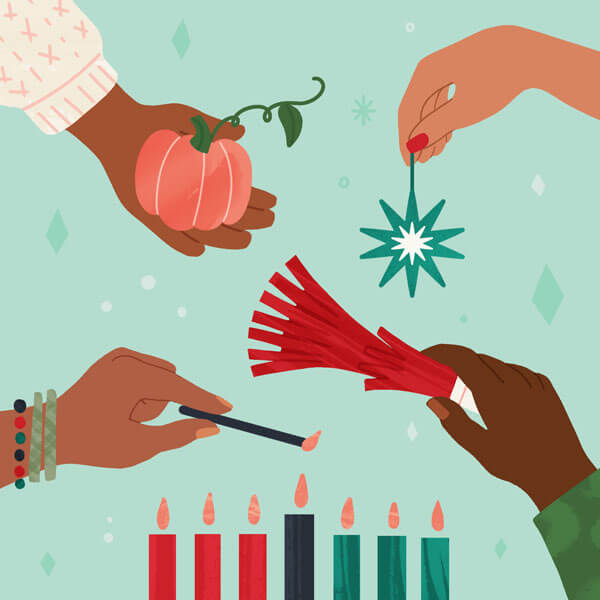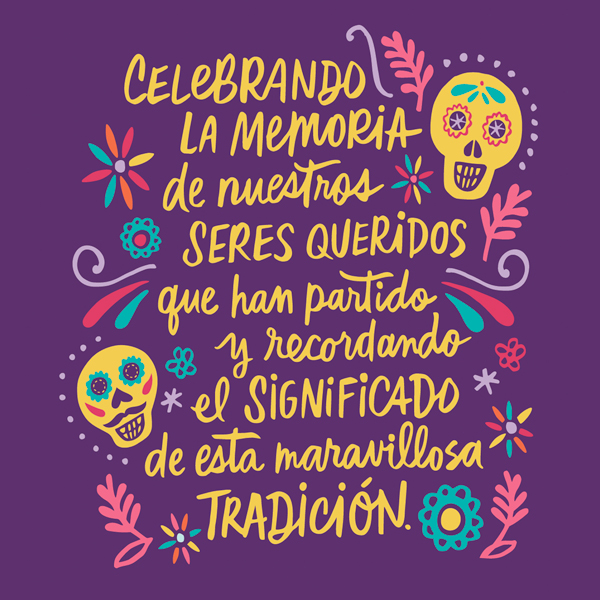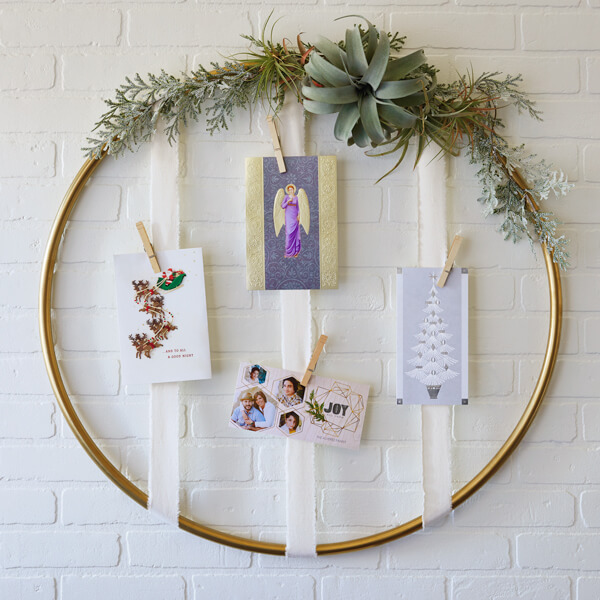What is Asian American and Pacific Islander Heritage Month?

Asian American and Pacific Islander Heritage Month, sometimes referred to as Asian/Pacific Islander American Heritage Month, is a month-long celebration of the rich cultural histories of the Asian American and Pacific Islander (AAPI) communities and reflects on their many contributions to the history and culture of the United States. AAPI Heritage Month begins May 1 and lasts through the month.
Inspired? Create and share by tagging @HallmarkStores.
Asian American and Pacific Islander Heritage Month origins and history
In June 1978, US Representative Frank Horton of New York introduced a House resolution proposing that the first 10 days of May in 1979 be declared a celebration of AAPI history and culture, and President Jimmy Carter signed the resolution into law.
Since then, Presidents issued annual proclamations for Asian/Pacific American Heritage Week, until 1990 when Congress expanded the designation to the full month of May. In 1992, May officially became Asian/Pacific American Heritage Month observed annually.
May was chosen in recognition of the immigration of the first Japanese person to the United States on May 7, 1843, and the official completion of the transcontinental railroad—constructed in large part by Chinese immigrants—on May 10, 1869.
In 2009, President Barack Obama signed a proclamation officially referring to the month of May as Asian American and Pacific Islander Heritage Month.
Who does the term “Asian American and Pacific Islander” include?
The AAPI population in the United States is large and very diverse. According to the Pew Research Center, more than 20 million Asian Americans and Pacific Islanders live in the U.S.
They can trace their roots to more than 20 countries in Asia, each with its own unique history, culture, languages and other characteristics.
The 2000 US Census defines “Asian Americans” as “the original peoples of the Far East, Southeast Asia, or the Indian Subcontinent. ‘Native Hawaiian and Other Pacific Islander’ includes Native Hawaiian, Samoan, Guamanian or Chamorro, Fijian, Tongan, or Marshallese peoples and encompasses the people within the United States jurisdictions of Melanesia, Micronesia and Polynesia.”
Pew Research Center also reports that Asian Americans are the fastest growing major racial or ethnic group in the US.
Ways to celebrate Asian American and Pacific Islander Heritage Month
There are as many ways to celebrate Asian American and Pacific Islander Heritage Month as there are communities and cultures.
Every day I try to celebrate my heritage with my family, especially with my son by teaching him the language, reading books in Japanese, singing Japanese songs. We have video chats with my mom in Japan and cook together sometimes. We also try various restaurants around town and attend cultural events around the city as much as we can. —Ai C.
Some people choose to celebrate with food from their favorite Asian restaurant or cook it at home themselves. Food plays an important role in many cultures and is a centerpiece of most Asian cultures and celebrations.
I would celebrate by visiting the library or attending events which give me the complete history of an Asian culture. I would also love to explore museums which are always super exciting for me! —Rakesh C.
Others choose to take this month as an opportunity to learn more about the history of AAPI communities in this country—you can search local calendars for events in your city.
I’ll be celebrating by adding a few new books by Asian authors to my children’s book collection and trying some new and new-to-us Asian restaurants around our city. —Melissa W.
Some shop from AAPI-owned businesses or watch movies or read books from different countries and cultures.
However you choose to celebrate, it’s important to recognize that AAPI Heritage Month is a time to lift up the community, increase awareness of the cultures, and celebrate the contributions that Asian Americans and Pacific Islanders continue to make in the United States.
Each year, I celebrate Asian American and Pacific Islander Heritage Month by recalling what was said to us by the judge who administered our naturalization ceremony. He encouraged those of us who just became American citizens to embrace our own heritage and further enrich our new country’s cultural tapestry. I’m reminded each year that celebrating my Asian heritage doesn’t make me less of an American; it in fact made me truly American. —John O.
You may also like
See more-
Christmas Sweet dreams, Santa!
Catch Santa napping on the job with this Snoring Santa Keepsake Ornament featuring sound and motion. With every snore...
-
Kwanzaa What is Kwanzaa?
What is Kwanzaa? A festival of lights rich in African symbolism, it takes place each year from December 26th through ...
-
Christmas Advent calendar activities for adventurous families
It’s time to start the countdown. Maybe it’s about being mindful…or counting your blessings…or preempting your kids a...
-
Summer Ways to celebrate Juneteenth
While Juneteenth was officially recognized as a federal holiday in 2021, this pivotal moment in history has been cele...
-
Christmas Christmas and Kwanzaa: Keeping family holiday traditions and finding your own
Whether you’re single or starting a family, religious or agnostic, someone who celebrates Christmas and Kwanzaa or ju...
-
Halloween Make ghosts and goblins feel right at home this Halloween
Light up your home with haunting Halloween seasonal decor. 🎃👻 Shop now at Hallmark Gold Crown stores or at Hallmark.com.
-
Halloween No scaredy cats around here!
When this black cat crosses your path, you know fun can't be far behind. 😻 🧙♀️ Shop the Zip-A-Long Cat in Hallmark G...
-
Halloween While you’re waiting for The Great Pumpkin this Halloween…
Fly around the pumpkin patch with Zip-a-long Snoopy! 🎃 Shop more frightening finds in Hallmark Gold Crown stores and ...
-
Halloween Light up the night with frightful fun!
Could it be? Could it be!? Yes it is! It’s the Peanuts® Snoopy and Woodstock Halloween figurine! 🎃 🐶 Find it and more...
-
Halloween Where cozy meets mischief and magic
Make some magic this Halloween with this Hocus Pocus hooded blanket. 🧙♀️👻Find more Halloween essentials in Hallmark ...
-
Gifting Relive a favorite from your childhood!
Fill your home with a few small joys inspired by Disney’s “It’s a Small World” 🩵🎎 Shop the collection at Hallmark Gol...
-
Halloween Which house will you be sorted into?
The Harry Potter™ Sorting Hat™ Mug plays sound whenever you lift the lid. Find this chatty mug in Hallmark Gold Crown...
-
Encouragement How to support caregivers
It’s often hard to know how to support a caregiver. Most caregiving checklists out there hit the major topics like me...
-
Love 50 different ways to say I love you
You don’t need to wait for a special occasion to remind that certain someone how much he or she is loved. Spice up yo...
-
Graduation 15 graduation quotes
Celebrate your favorite grad’s milestone with the wit and wisdom of Hallmark writers, fans and others. We’ve rounded ...
-
Congratulations How to congratulate someone
Congratulating others is easy and fun, right? Like when your friend worked really hard and got that awesome job makin...
-
Care & Concern Be more caring with a kindness journal
It's obvious the world could use more kindness. So this year, why not make "be more caring" your number one resolutio...
-
Fall Día de Muertos: A celebration of life and love
Día de Muertos, Day of the Dead, is a holiday originally celebrated in the southern and central parts of Mexico and i...
-
Card Ideas Card messages for kids: What to write in a kid’s holiday card and more
My 3-year-old was having a hard time at preschool drop-off. Dragging his feet. Asking to stay home. This went on a fe...
-
Christmas 6 Creative Christmas Card Display Ideas
Holiday card season is here: Our mailboxes are about to fill up with festive envelopes with pretty stamps and familia...


